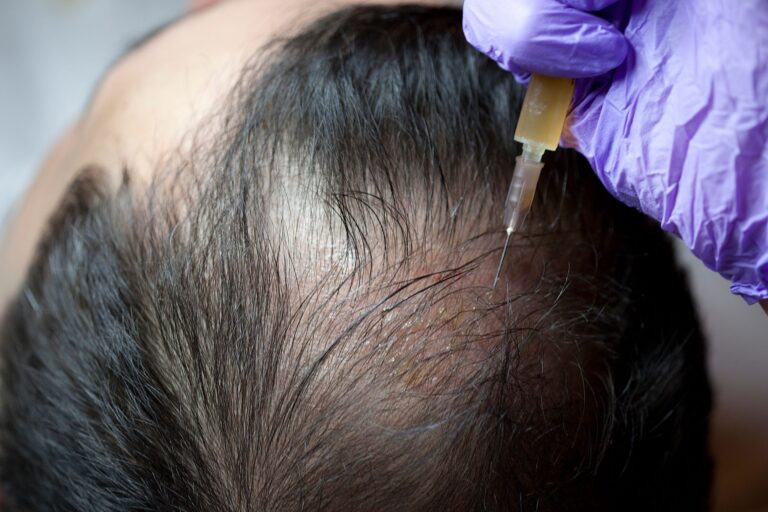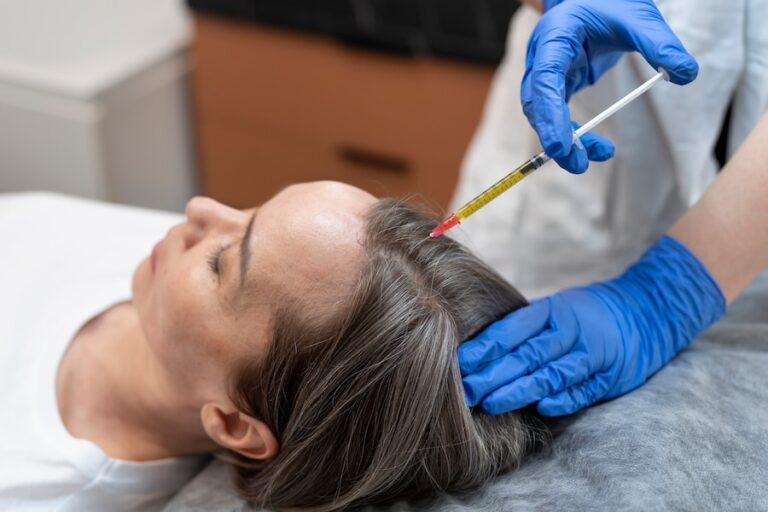Fading the Marks: Navigating the Journey of Acne Scars.
Acne, a common skin condition, can leave behind more than just temporary blemishes. For many individuals, the aftermath of acne includes the lasting reminder of scars. This article delves into the world of acne scars, exploring their types, causes, and the diverse range of treatments available to help individuals regain confidence and achieve smoother, scar-free skin.
To Know More About It Please Click Here
- Understanding Acne Scars: The Lingering Impact Acne scars result from the skin’s attempt to heal after severe acne lesions. They can manifest in various forms, including:
- Atrophic Scars: Indentations in the skin, such as icepick, boxcar, or rolling scars.
- Hypertrophic Scars: Raised scars resulting from excess collagen production during the healing process.
- Causes of Acne Scars: Unraveling the Factorsa. Inflammation: Severe inflammation from untreated or chronic acne can increase the likelihood of scarring. b. Genetics: Individual skin types and genetic predispositions can influence the likelihood of developing scars. c. Picking and Squeezing: Manipulating acne lesions, a common habit, can exacerbate scarring by causing additional trauma to the skin.
- Preventing Acne Scars: Proactive Strategiesa. Early Acne Treatment: Timely and effective acne management can minimize the risk of scarring. Consulting a dermatologist for appropriate treatment is crucial. b. Sun Protection: Consistent use of sunscreen helps prevent hyperpigmentation, reducing the appearance of existing scars and preventing new ones.
- Types of Acne Scar Treatments: Tailoring Solutionsa. Topical Treatments: Dermatologist-prescribed creams containing retinoids, alpha hydroxy acids, or vitamin C can help improve skin texture and reduce hyperpigmentation. b. Chemical Peels: Chemical peels exfoliate the skin, promoting the growth of new, smoother skin and reducing the appearance of scars. c. Microneedling: This minimally invasive procedure involves creating micro-injuries in the skin, stimulating collagen production and improving scar texture. d. Laser Therapy: Various laser treatments, such as fractional laser and intense pulsed light (IPL), target scarred areas, promoting collagen remodeling and reducing discoloration.
- Advanced Interventions: In-Depth Scar Revisiona. Dermal Fillers: Injecting fillers can elevate atrophic scars, providing a smoother skin surface. b. Subcision: A minor surgical procedure that releases tethered scar tissue, allowing the skin to rise and appear smoother. c. Laser Resurfacing: Fractional laser resurfacing removes damaged skin layers, promoting the growth of fresh, scar-free skin.
- Patient-Centric Approach: Tailoring Treatment PlansThe effectiveness of acne scar treatments varies from person to person. Dermatologists often customize treatment plans based on the type and severity of scars, skin type, and individual responses.
- Embracing Self-Care: A Holistic PerspectiveBeyond clinical interventions, self-care practices, including a balanced diet, hydration, and stress management, contribute to overall skin health and support the body’s natural healing processes.
To Know More About It Please Click Here
Conclusion
While acne scars can be a lasting reminder of past skin struggles, a spectrum of treatments offers hope for smoother, rejuvenated skin. From topical solutions to advanced interventions, individuals can embark on a journey tailored to their unique needs, guided by dermatologists and skincare professionals. As the field of dermatology continues to evolve, so does the potential for individuals to reclaim their confidence and revel in the beauty of scar-free skin.







